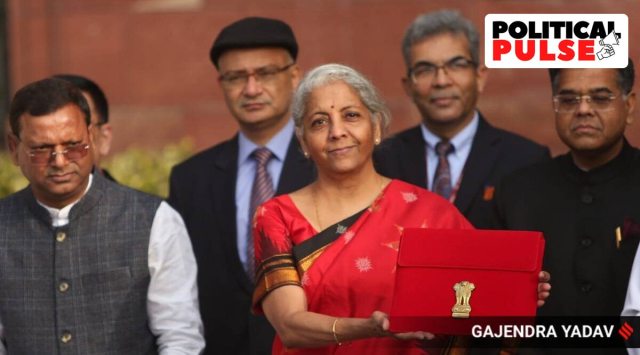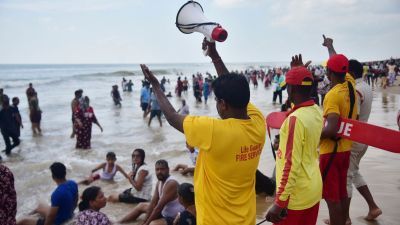Budget boost for Odisha scheme for 13 tribes
Union Budget outlay for vulnerable tribes mirrors Odisha government's 2015 scheme for extending wage employment, microfinance services, etc, to such groups.
 Union Finance Minister Nirmala Sitharaman. (Express file photo by Gajendra Yadav)
Union Finance Minister Nirmala Sitharaman. (Express file photo by Gajendra Yadav) Union Finance Minister Nirmala Sitharaman’s annual Budget, presented on Wednesday, has come as a shot in the arm for the Odisha government. Her PM-PVTG (Pradhan Mantri Particularly Vulnerable Tribal Groups) programme is in line with the Odisha government’s own PVTG Empowerment and Livelihood Improvement Programme (OPELIP), launched in 2015 for the upliftment of tribals, giving the Odisha government hope that it will have more funds for its special programme for Adivasi communities.
Commissioner-cum-secretary of the Odisha SC/ST Development department, Roopa Roshan Sahoo, said although the state had its own programme for PVTGs, any add-on would help the community. The groups identified under the Centre’s PM-PVTG are the same as those that are already being served under the state’s PVTG programme.
The PM-PVTG scheme aims to improve the socio-economic conditions of the tribes listed as beneficiaries, by extending basic facilities such as housing, clean drinking water, sanitation, improved access to education, health, nutrition, roads, telecom connectivity and sustained livelihood opportunities, to them. A budget of Rs 15,000 crore is earmarked for the purpose.
Of the 75 PVTGs identified in India, Odisha has 13, namely Birhor, Bondo, Chuktia Bhunjia, Didayi, Juang, Kharia, Dongria Kondh, Lanjia Saora, Lodha, Mankidia, Paudi Bhuyan and Saora, said sources in the state SC/ST Development department. The PVTGs are spread over 32,000 households in 542 villages under 84 gram panchayats of 12 districts. Their population at present stands at 2.5 lakh.
The programme was launched with a goal to uplift the living conditions of the tribes by reducing poverty through micro-projects aimed at improved livelihoods, food and nutrition security.
Through the programme, efforts are being made to create opportunities for the Adivasi groups, including wage employment, microfinance services, short-term and medium-term investments in agriculture and allied activities, and also to build community infrastructure.
When launched, the Odisha government had estimated overall budgetary outlay of Rs 795 crore with 50 per cent of the allocation funded by International Fund for Agricultural Development (IFAD), a United Nations agency. The state funds the remaining amount by converging different programmes.
The cumulative expenditure under OPELIP till October 2022 is estimated at Rs 480 crore, said official sources in the department.
Under the OPELIP, the tribal institutions at the grassroots are put in the drivers’ seat with focussed planning which helped to win the trust of the primitive tribes. “The programme has helped to improve the financial conditions of the PVTGs and also ensured nutritional security for them. Not only that, we have constructed good roads to the habitations where the primitive tribes live, while also putting thrust on improving their access to safe drinking water, better education and healthcare,” said an official.






- 01
- 02
- 03
- 04
- 05

























